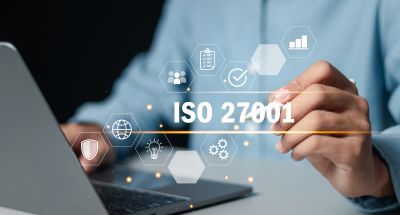
What is an open and interoperable solution?
Firstly, it's necessary to define what the openness and interoperability of a system are. Interoperability is the ability of a system to work with other existing or future products or systems without restrictions on access or implementation. To be interoperable, systems must be based on open standards, i.e. means of communication, interconnection or data exchange whose specifications are universally known and accessible. In the world of automation and BMS, we talk about communication protocols (to dialogue with PLCs, controllers, IoT, etc.) or IT connectors (to dialogue with third-party platforms) that are open and standardised.
Why should you choose an open and interoperable BMS solution?
Behind the interoperability of a BMS system are real issues of the building's operation and attractiveness.
Firstly, within the BMS itself, different technical lots from different suppliers need to be united. There is a strong likelihood that the supplied or existing communicating equipment (PLCs, controllers, IoT) will be heterogeneous, i.e. from various brands. This needs to be made interoperable, as each technical lot can't ignore the others in order to ensure optimal functioning.
An open and interoperable BMS therefore needs to include a component that has the communication protocols of the main manufacturers on the market, whether proprietary or standardised. This is the role, among others, of the Topkapi software, which has numerous native protocols related to the building industry, such as BACnet, Modbus TCP IP and even Webservices for data collection. Topkapi centralises all of the information and acts as the conductor to unite all of the information and coordinate the various technical lots.
Within the building's information system, the Topkapi solution, with its numerous IT connectors, makes it possible to exchange data with other systems (invoicing software, BIM*, BOS**, etc.) and communicate on the availability of the services present in the building (conference rooms, charging points, coworking spaces, etc.).
The Topkapi software platform is therefore the key component of a BMS to meet the interoperability requirements needed to optimise operating costs and meet regulatory objectives in terms of energy efficiency. In addition, AREAL's policy of developing the Topkapi solution guarantees that it will be adapted to new technologies over time without ever calling into question the existing solution.
*BIM : Building Information Modelling
**BOS : Building Operating System




